Home>Home Appliances>Laundry Appliances>Why Isn’t My Washing Machine Filling With Water
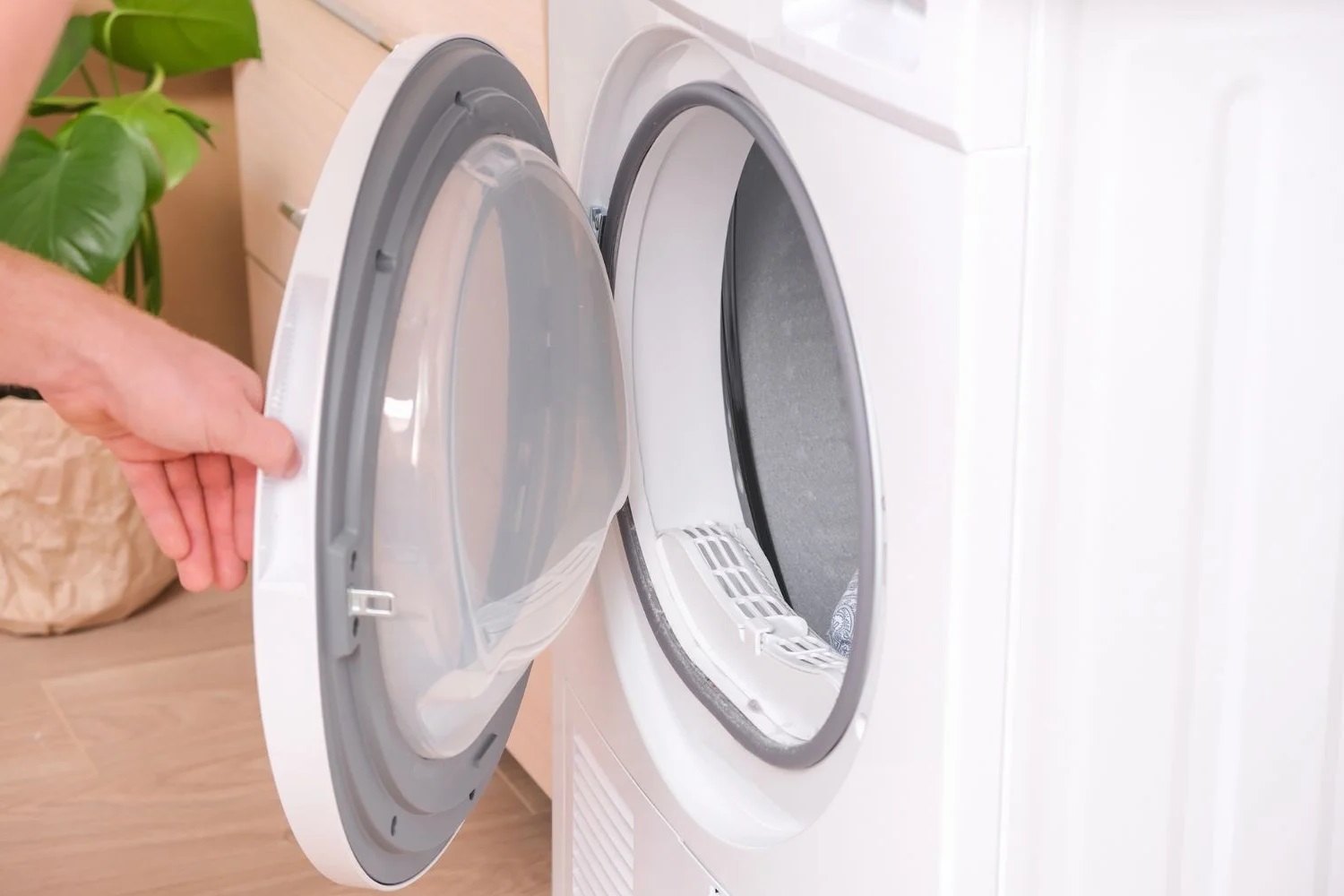

Laundry Appliances
Why Isn’t My Washing Machine Filling With Water
Published: February 22, 2024
Discover common reasons why your laundry appliances may not be filling with water. Find solutions to troubleshoot your washing machine issues.
(Many of the links in this article redirect to a specific reviewed product. Your purchase of these products through affiliate links helps to generate commission for Storables.com, at no extra cost. Learn more)
Common Reasons for Washing Machine Not Filling with Water
A washing machine is a modern marvel that saves us time and effort, but when it fails to fill with water, it can be a major inconvenience. There are several common reasons why your washing machine may not be filling with water. Understanding these reasons can help you troubleshoot the issue and potentially save on costly repairs.
-
Water Supply Issues: One of the most common reasons for a washing machine not filling with water is a problem with the water supply. This could be due to a closed water supply valve, a kinked or twisted water hose, or even a frozen water supply line in colder climates. Checking the water supply and ensuring that the valves are fully open and the hoses are free from obstructions is a good first step in troubleshooting this issue.
-
Water Inlet Valve Problems: The water inlet valve is responsible for controlling the flow of water into the washing machine. If this valve is faulty or clogged with debris, it can prevent water from entering the machine. Inspecting the water inlet valve for signs of damage or blockages and cleaning or replacing it as necessary can resolve this issue.
-
Water Level Pressure Switch Malfunction: The water level pressure switch is a component that signals the washing machine to stop filling with water once the desired level is reached. If this switch malfunctions, it can prevent the machine from filling with water or cause it to overfill. Checking the pressure switch for defects and ensuring that the air tube is clear and properly connected can help address this issue.
-
Blocked Water Inlet Hose: Over time, the water inlet hose of a washing machine can become clogged with sediment, mineral deposits, or debris, restricting the flow of water into the machine. Inspecting the inlet hose for blockages and cleaning it thoroughly can help restore the proper flow of water into the washing machine.
By understanding these common reasons for a washing machine not filling with water, you can take proactive steps to troubleshoot and resolve the issue. Regular maintenance, such as cleaning the water inlet valve and hoses, can also help prevent these issues from occurring in the first place, ensuring that your washing machine continues to operate smoothly and efficiently.
Key Takeaways:
- Ensure proper water supply by checking valves and hoses for blockages or damage. Regular maintenance prevents common issues and keeps your washing machine running smoothly.
- Troubleshoot water inlet valve and pressure switch for filling problems. Clean hoses and inspect components for blockages to maintain optimal washing machine performance.
Read more: Why Does My Washer Not Fill Up With Water
Checking the Water Supply for Washing Machine
The first step in troubleshooting a washing machine that is not filling with water is to check the water supply. This may seem obvious, but it is a crucial initial assessment to ensure that the machine is receiving an adequate water supply to perform its primary function.
Begin by examining the water supply valves connected to the washing machine. These valves are typically located behind the appliance and are responsible for controlling the flow of water into the machine. Ensure that the valves are fully open, as partially closed valves can restrict the water flow, leading to inadequate filling or no filling at all.
Next, inspect the water inlet hoses for any kinks, twists, or damage. These hoses are the lifelines that transport water from the supply valves to the washing machine. Any obstructions or damage to the hoses can impede the water flow, resulting in a failure to fill. Straighten out any kinks and ensure that the hoses are free from any blockages or damage.
In regions with colder climates, frozen water supply lines can also impede the flow of water to the washing machine. If you suspect this may be the issue, carefully inspect the water supply lines for any signs of freezing. Taking measures to thaw the frozen lines, such as using a hairdryer or warm towels, can help restore the water flow.
Additionally, it is essential to verify that the water supply to the house or building is not interrupted. Sometimes, maintenance work or unforeseen issues can disrupt the overall water supply, affecting the washing machine's ability to fill with water.
By meticulously checking the water supply for the washing machine and addressing any issues related to the water valves, inlet hoses, and overall water availability, you can effectively eliminate potential causes of the filling problem. This systematic approach can help in identifying and resolving the issue, ensuring that the washing machine receives the necessary water supply to function optimally.
Troubleshooting the Water Inlet Valve
The water inlet valve plays a pivotal role in regulating the flow of water into the washing machine. When this valve encounters issues, it can lead to the washing machine failing to fill with water. Troubleshooting the water inlet valve involves a systematic approach to identify and address potential problems that may be impeding its functionality.
Begin by locating the water inlet valve, typically situated at the back of the washing machine. Inspect the valve for any visible signs of damage, such as cracks, corrosion, or mineral deposits. These issues can hinder the proper operation of the valve, leading to water flow restrictions or complete blockages. If any damage is detected, it may be necessary to replace the water inlet valve to restore optimal functionality.
Next, disconnect the water inlet hoses from the valve to examine the inlet screens. These screens are designed to filter out debris and sediment from the water supply, preventing them from entering the washing machine. Over time, these screens can become clogged with impurities, obstructing the water flow. Carefully clean the screens using a soft brush and running water to remove any accumulated debris, ensuring unobstructed water flow into the washing machine.
In some cases, the water inlet valve may suffer from electrical or mechanical malfunctions. Use a multimeter to test the continuity of the valve's solenoids, which are responsible for controlling the flow of water. If the multimeter indicates a lack of continuity, it signifies a faulty solenoid that requires replacement. Additionally, check for any obstructions within the valve assembly that may be impeding its operation, such as debris or mineral buildup. Thoroughly clean the valve to eliminate any impediments that may be affecting its performance.
After addressing potential issues with the water inlet valve, reconnect the water inlet hoses and ensure they are securely fastened to the valve. Turn on the water supply and run a test cycle to observe the filling process. Monitor the water inlet valve for any leaks, unusual noises, or irregularities in water flow, as these may indicate persistent issues that require further attention.
By systematically troubleshooting the water inlet valve and addressing any identified issues, you can effectively restore its functionality and ensure that the washing machine receives an uninterrupted flow of water during the filling process. This proactive approach can help in resolving filling issues and maintaining the optimal performance of the washing machine.
Check the water supply valves to make sure they are fully open. Also, inspect the inlet hose for any kinks or blockages that may be preventing water from entering the machine.
Inspecting the Water Level Pressure Switch
The water level pressure switch is a critical component of a washing machine, responsible for monitoring the water level inside the appliance during the filling process. When the water level reaches the desired point, the pressure switch signals the machine to stop filling, ensuring that the optimal amount of water is present for the wash cycle. However, if the water level pressure switch malfunctions, it can lead to issues such as overfilling or the washing machine not filling with water at all.
To inspect the water level pressure switch, begin by locating this component within the washing machine. The pressure switch is typically situated behind the control panel or on the top of the appliance, connected to the air dome tube. Carefully disconnect the air dome tube from the pressure switch and inspect it for any signs of damage, blockages, or disconnections. The air dome tube plays a crucial role in transmitting air pressure changes to the pressure switch, indicating the water level inside the machine.
Next, assess the electrical connections to the water level pressure switch. Ensure that the wires are securely attached and free from any signs of wear, fraying, or damage. Loose or damaged electrical connections can disrupt the communication between the pressure switch and the washing machine, leading to filling issues.
After examining the physical and electrical components, perform a manual test of the water level pressure switch. Gently blow into the air dome tube while listening for the distinctive click of the pressure switch. This audible click indicates that the switch is responding to the pressure changes, signaling its operational functionality. If no click is heard, it may indicate a faulty pressure switch that requires replacement.
Additionally, use a multimeter to test the continuity of the water level pressure switch. By carefully following the manufacturer's guidelines and safety precautions, measure the continuity across the switch's terminals to determine if it is functioning within the specified parameters. A lack of continuity or irregular readings may indicate a defective pressure switch that needs to be replaced to restore proper water level sensing.
By meticulously inspecting the water level pressure switch and conducting both visual and functional assessments, you can effectively identify any issues affecting its performance. Addressing these issues promptly can help in ensuring that the washing machine accurately detects and regulates the water level, resolving filling problems and maintaining the appliance's operational efficiency.
Examining the Water Inlet Hose for Blockages
The water inlet hose of a washing machine serves as the conduit through which water flows from the supply source into the appliance. Over time, this essential component can become susceptible to blockages, hindering the smooth and consistent filling of the washing machine. Examining the water inlet hose for blockages is a crucial step in troubleshooting filling issues and ensuring the uninterrupted flow of water into the appliance.
Begin by locating the water inlet hose, typically connected to the back of the washing machine and extending to the water supply source. Carefully inspect the entire length of the hose, paying close attention to any visible signs of kinks, twists, or damage. These irregularities can impede the water flow, leading to inadequate filling or a complete failure to fill. Straighten out any kinks and ensure that the hose is free from any physical damage that may obstruct the water flow.
Next, disconnect the water inlet hose from both the washing machine and the water supply source. With the hose removed, visually examine the interior for any accumulated sediment, mineral deposits, or debris. These obstructions can restrict the flow of water, resulting in filling issues. Use a flashlight to illuminate the interior of the hose, facilitating the identification of any blockages that may be present.
After visually inspecting the interior, proceed to flush the water inlet hose with a steady stream of water. This process helps dislodge and remove any lodged debris or sediment that may be obstructing the hose. Direct the flow of water through the hose, ensuring that it is thoroughly cleansed of any accumulated impurities. Additionally, consider utilizing a soft brush or cloth to gently scrub the interior of the hose, further dislodging and removing stubborn blockages.
Once the water inlet hose has been thoroughly inspected and cleansed, reattach it to both the washing machine and the water supply source, ensuring secure connections. Turn on the water supply and initiate a test cycle to observe the filling process. Monitor the hose for any leaks, irregularities in water flow, or signs of blockages that may persist despite the cleaning efforts.
By meticulously examining the water inlet hose for blockages and addressing any identified obstructions, you can effectively restore the unimpeded flow of water into the washing machine. This proactive approach aids in resolving filling issues and maintaining the optimal performance of the appliance, ensuring that it operates seamlessly during each laundry cycle.
Frequently Asked Questions about Why Isn't My Washing Machine Filling With Water
Was this page helpful?
At Storables.com, we guarantee accurate and reliable information. Our content, validated by Expert Board Contributors, is crafted following stringent Editorial Policies. We're committed to providing you with well-researched, expert-backed insights for all your informational needs.
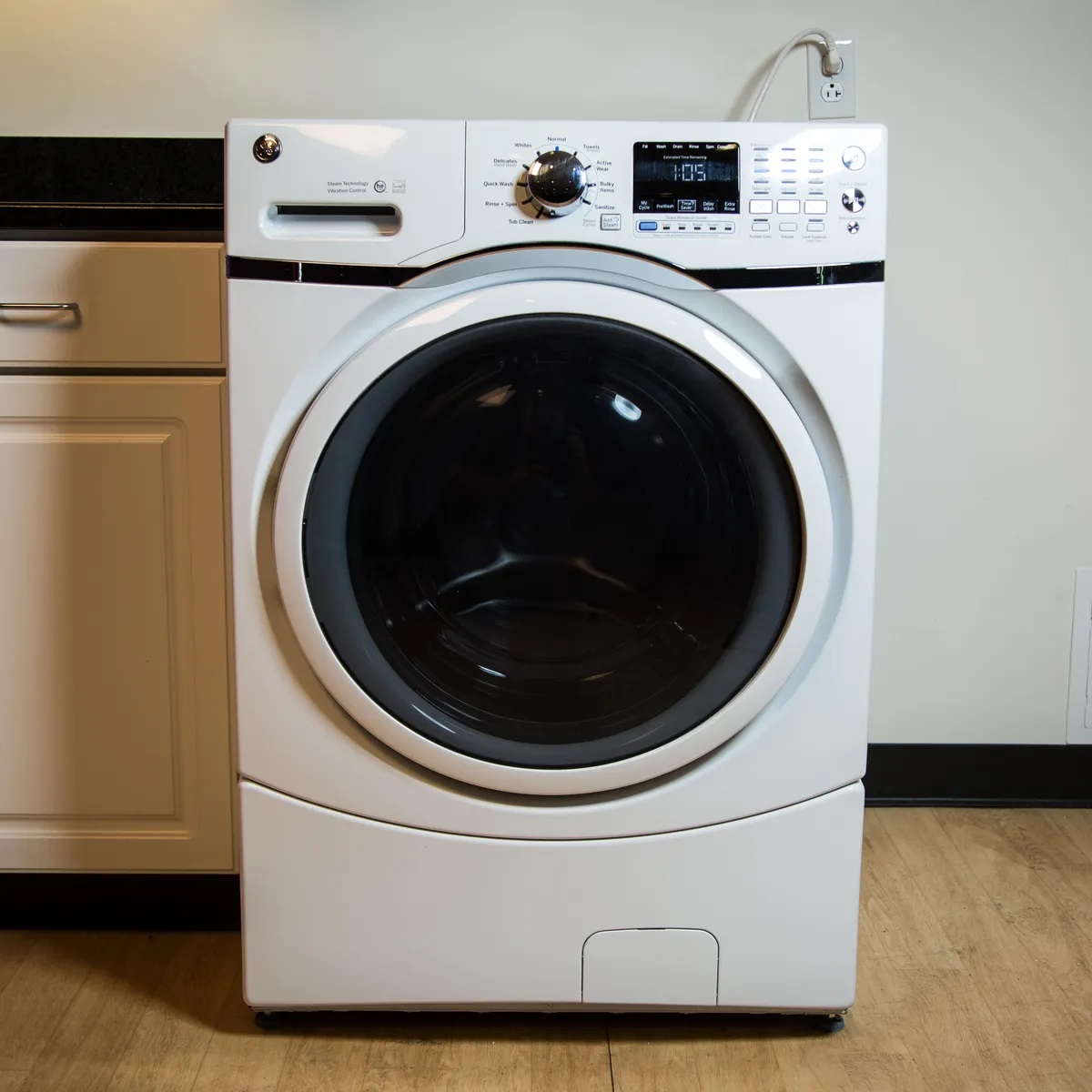
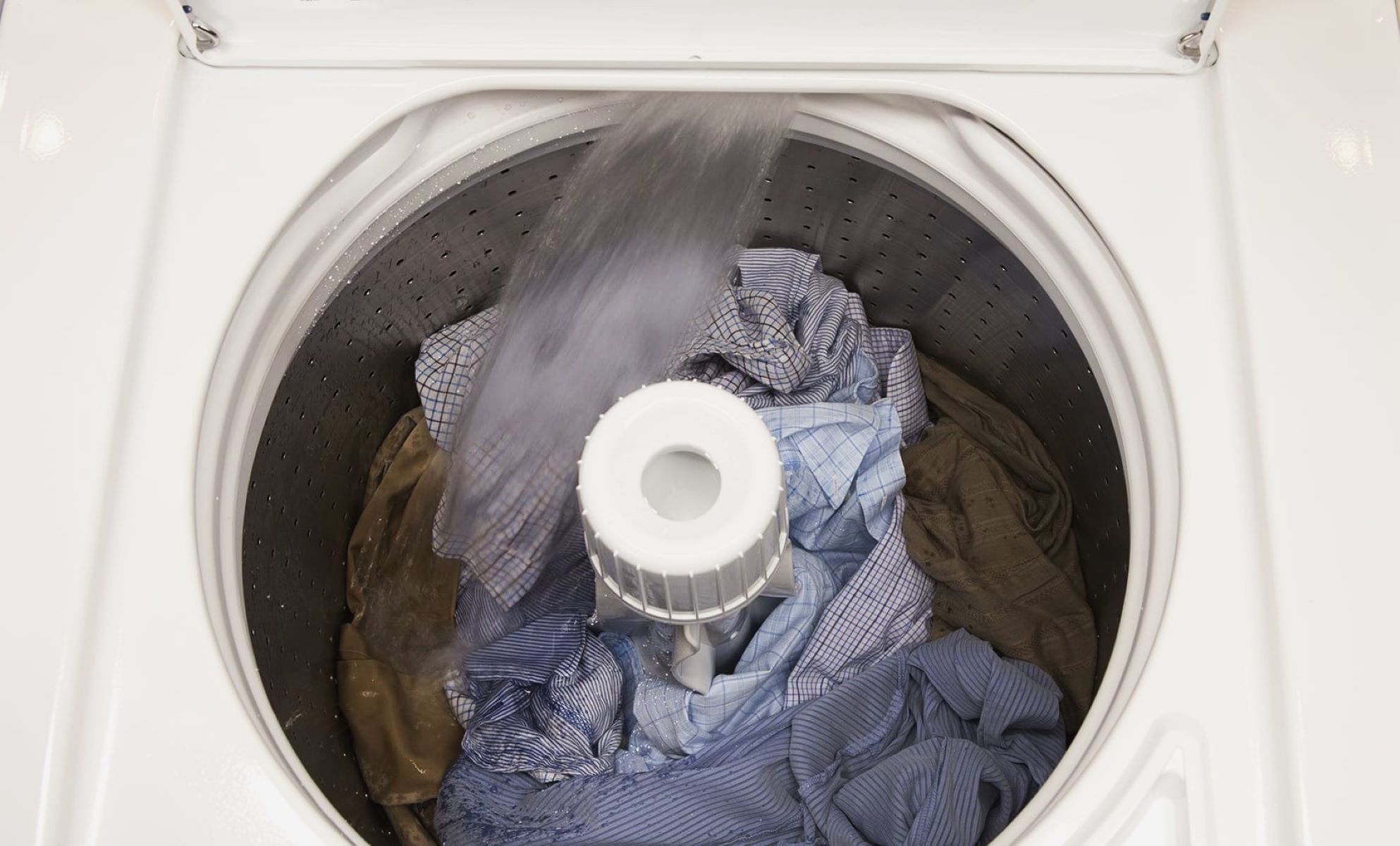
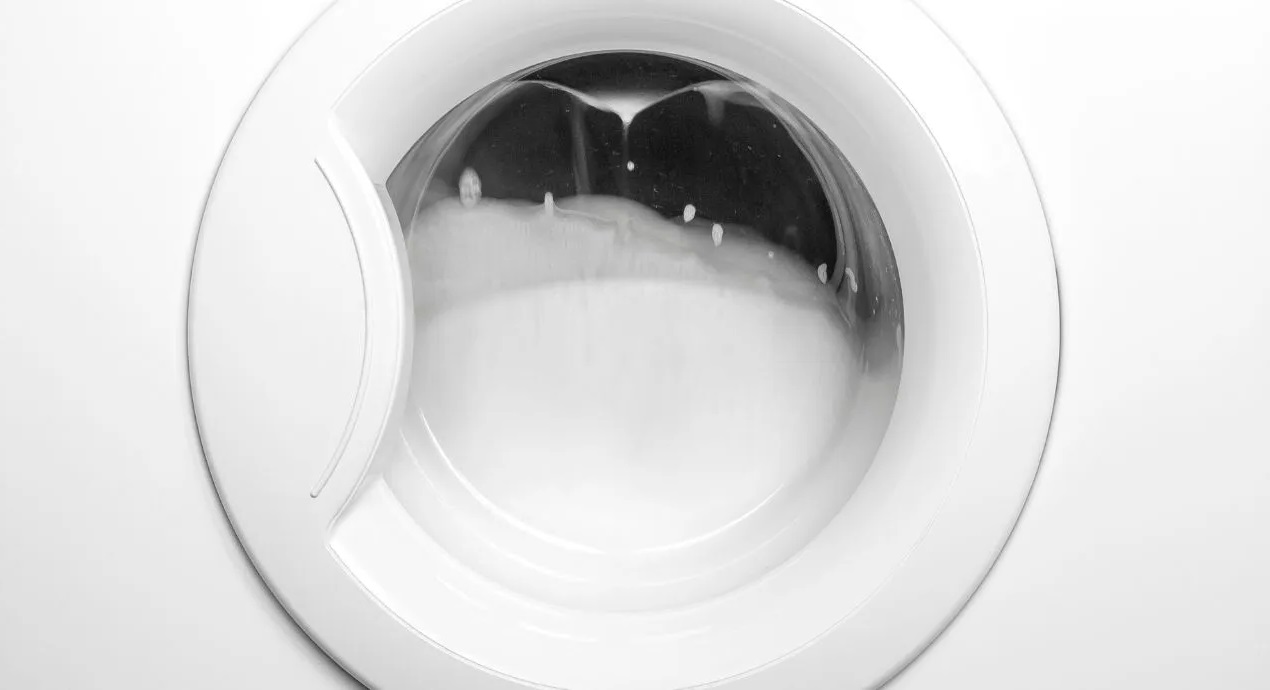
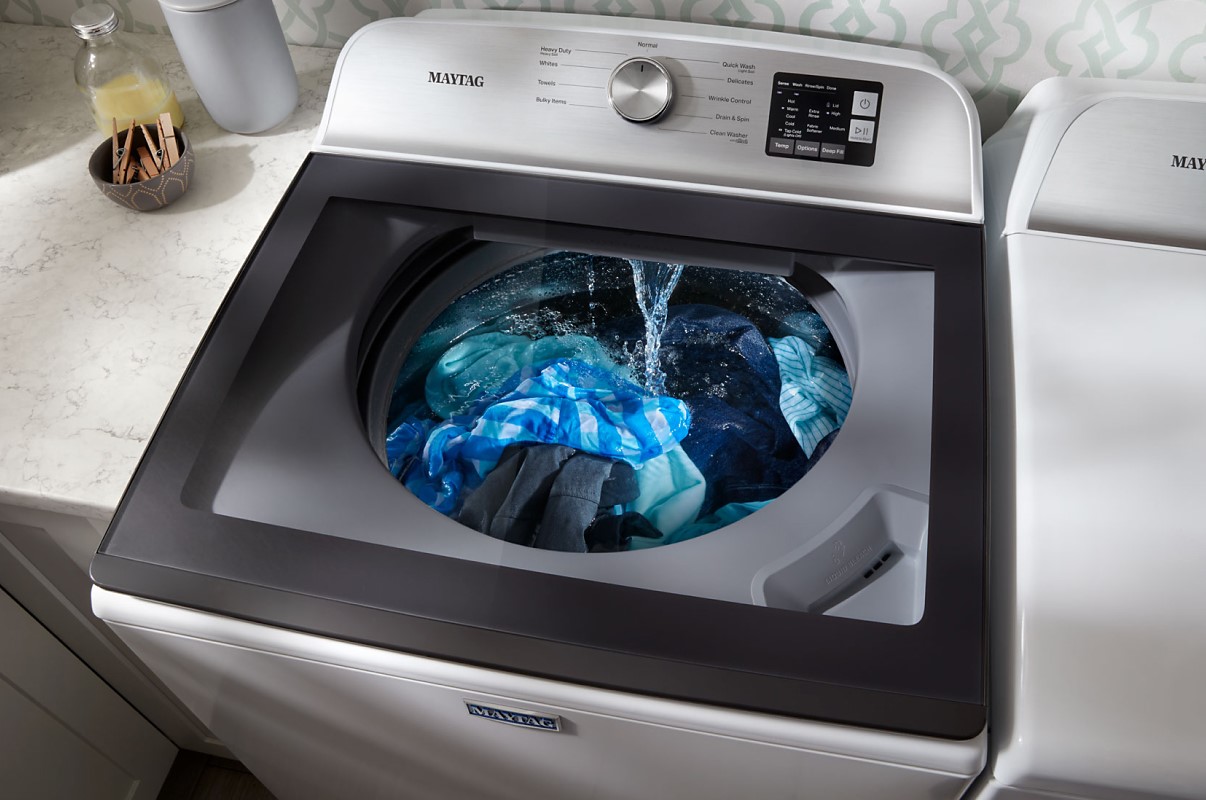
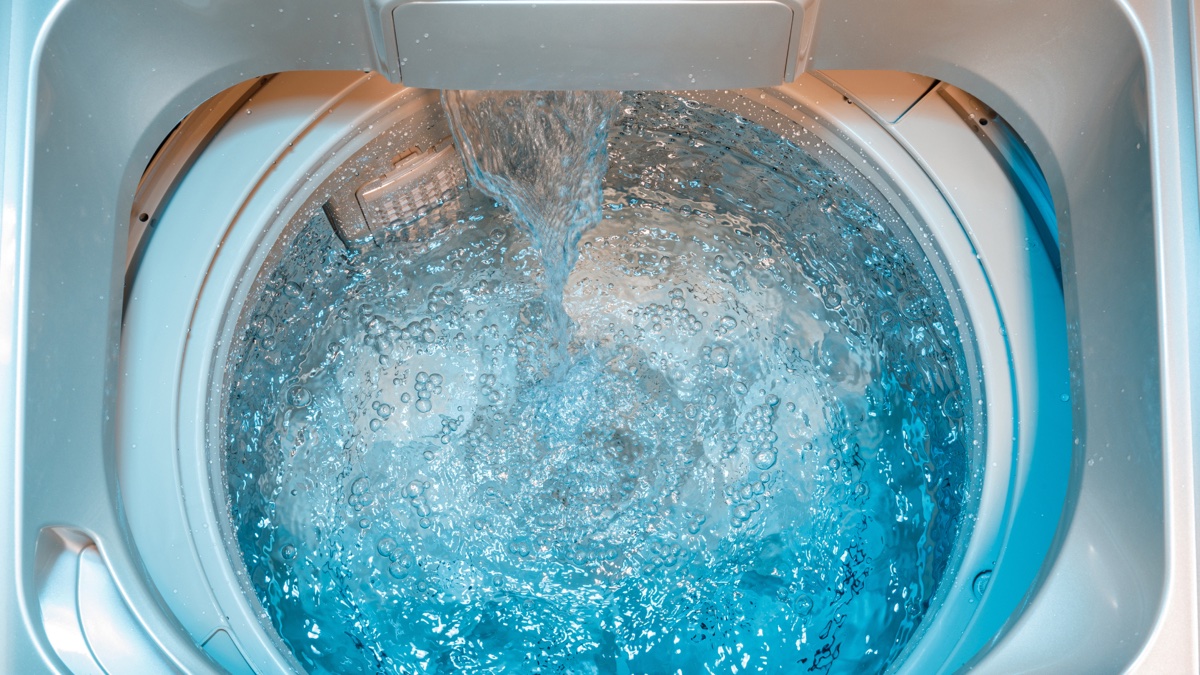
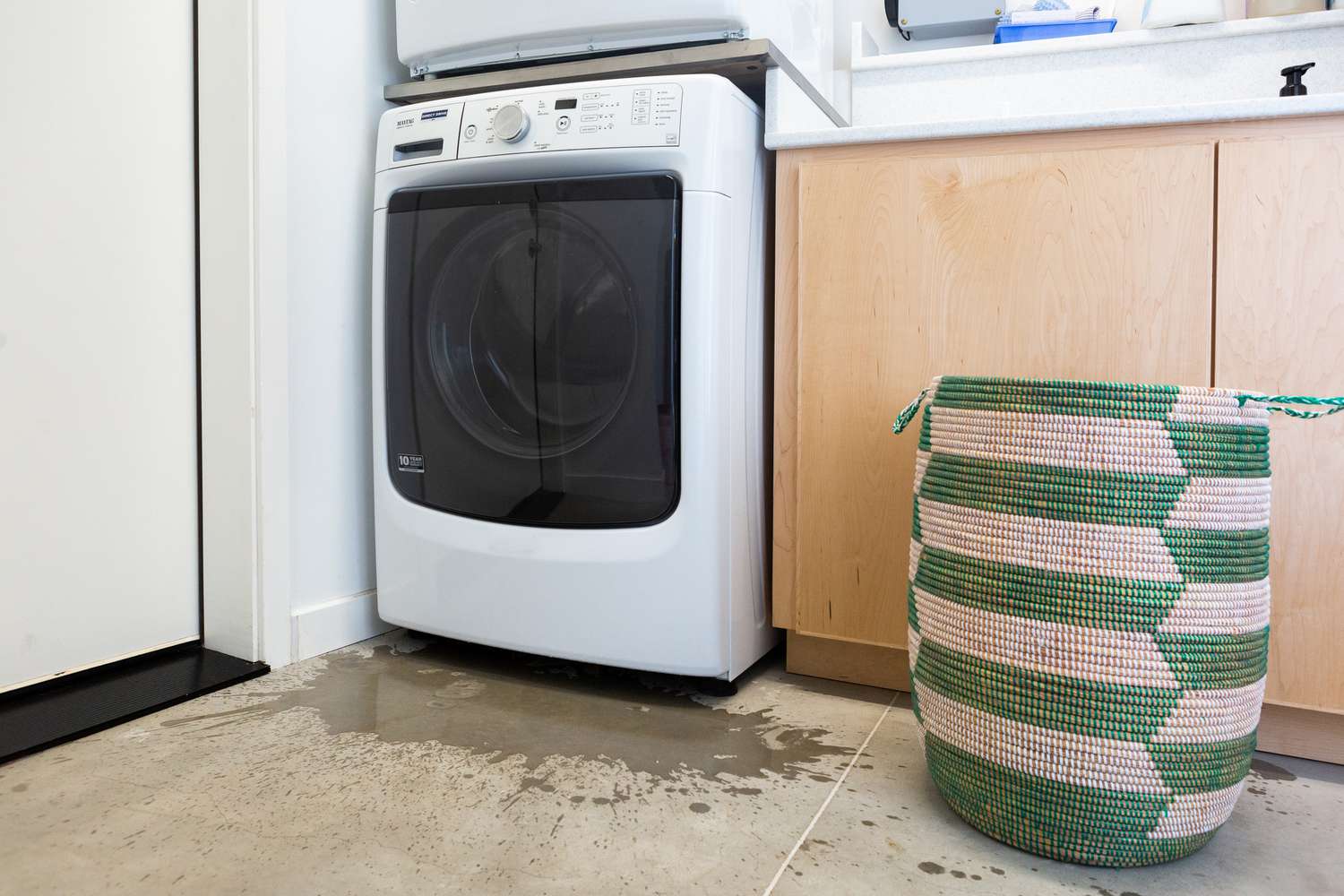
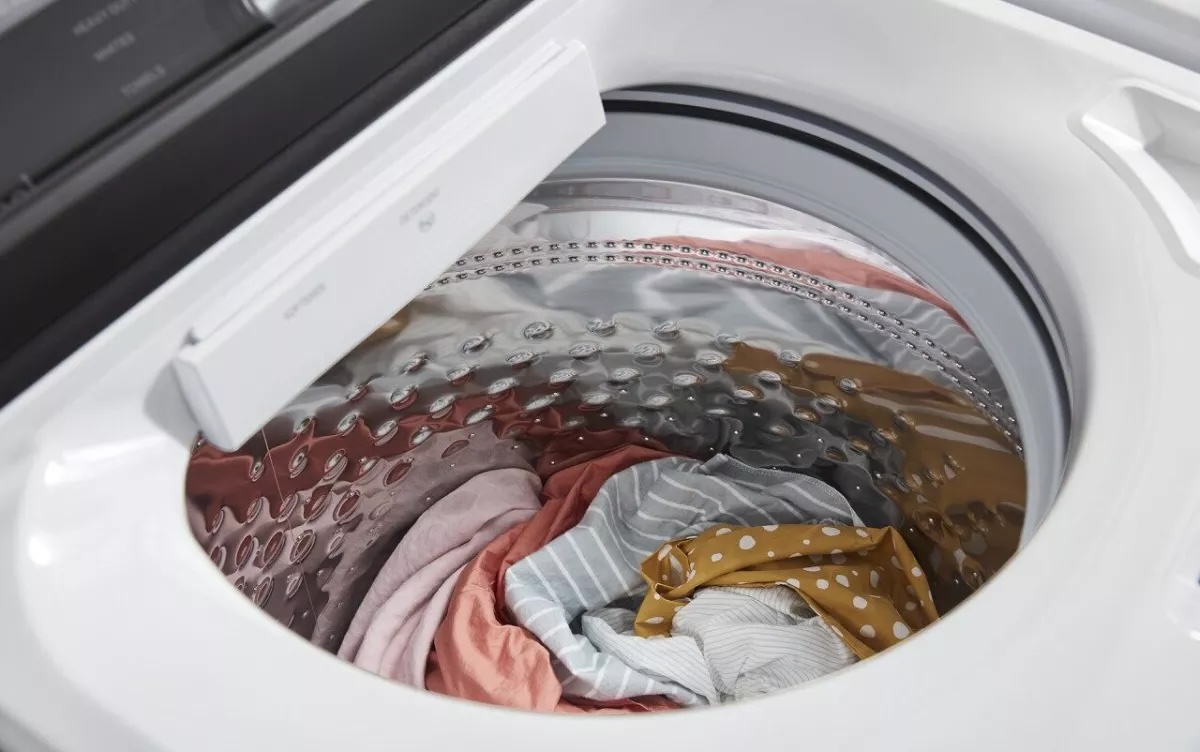
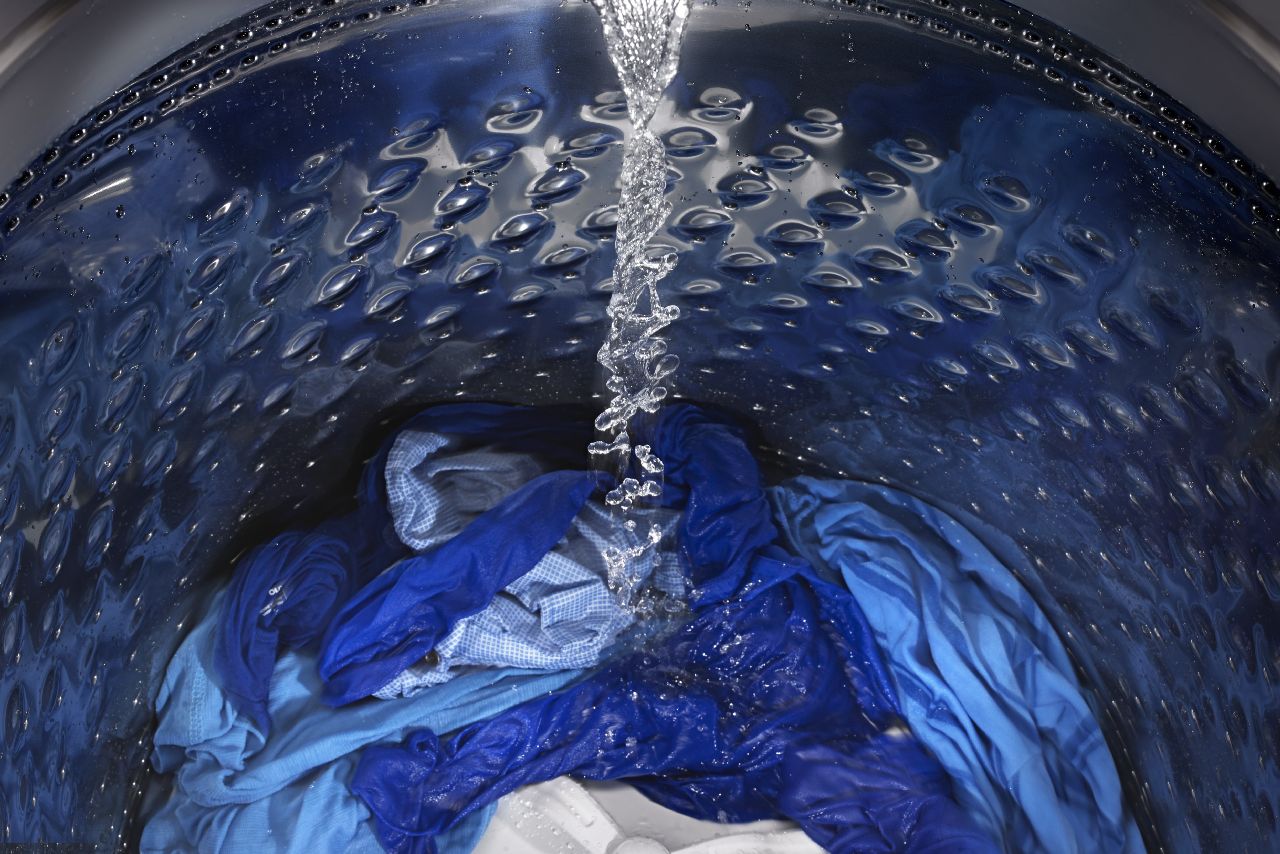
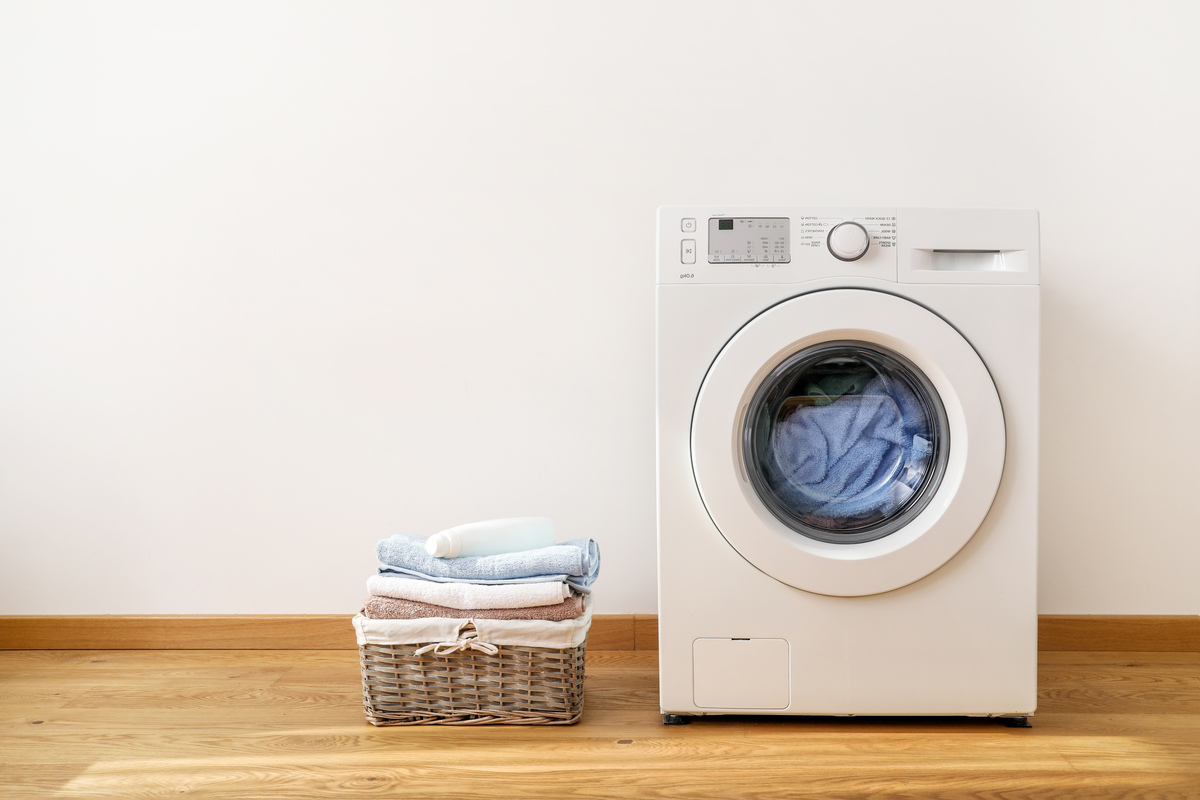
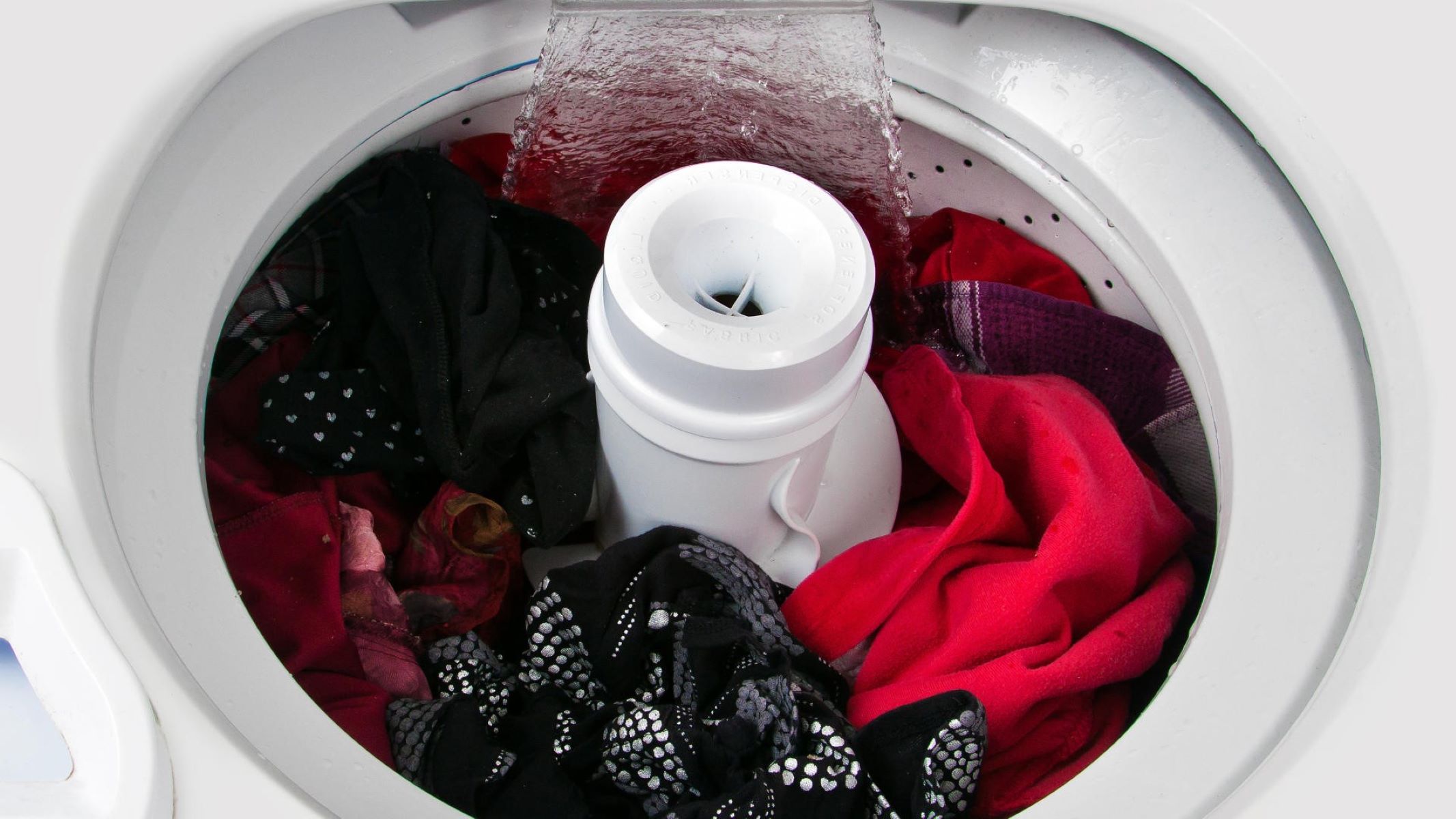
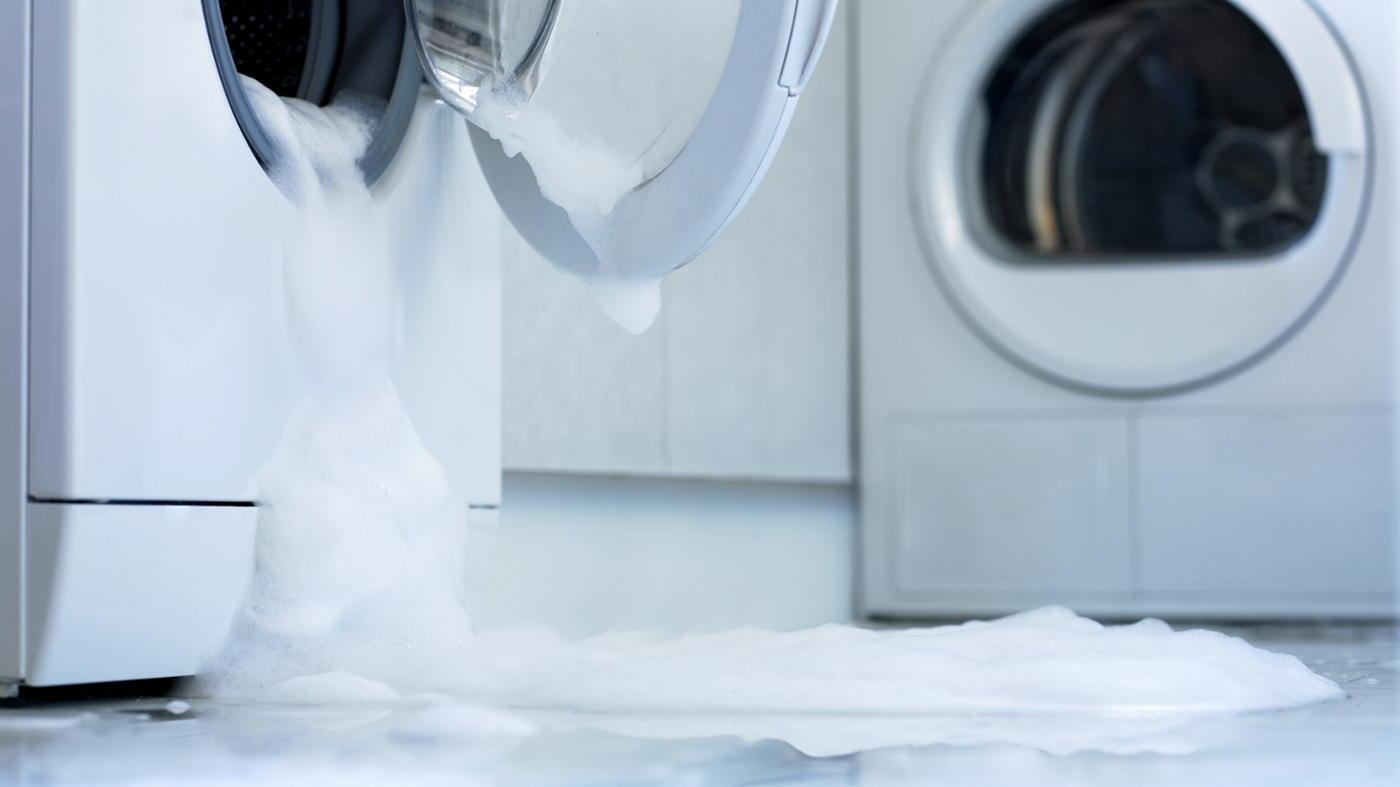
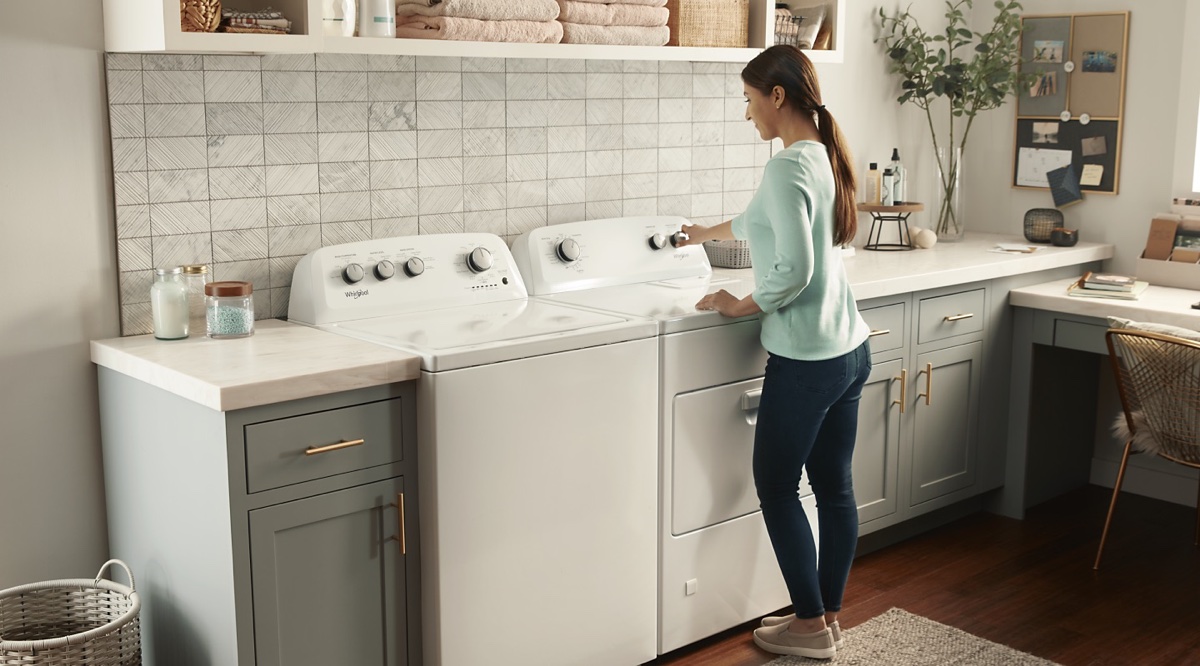
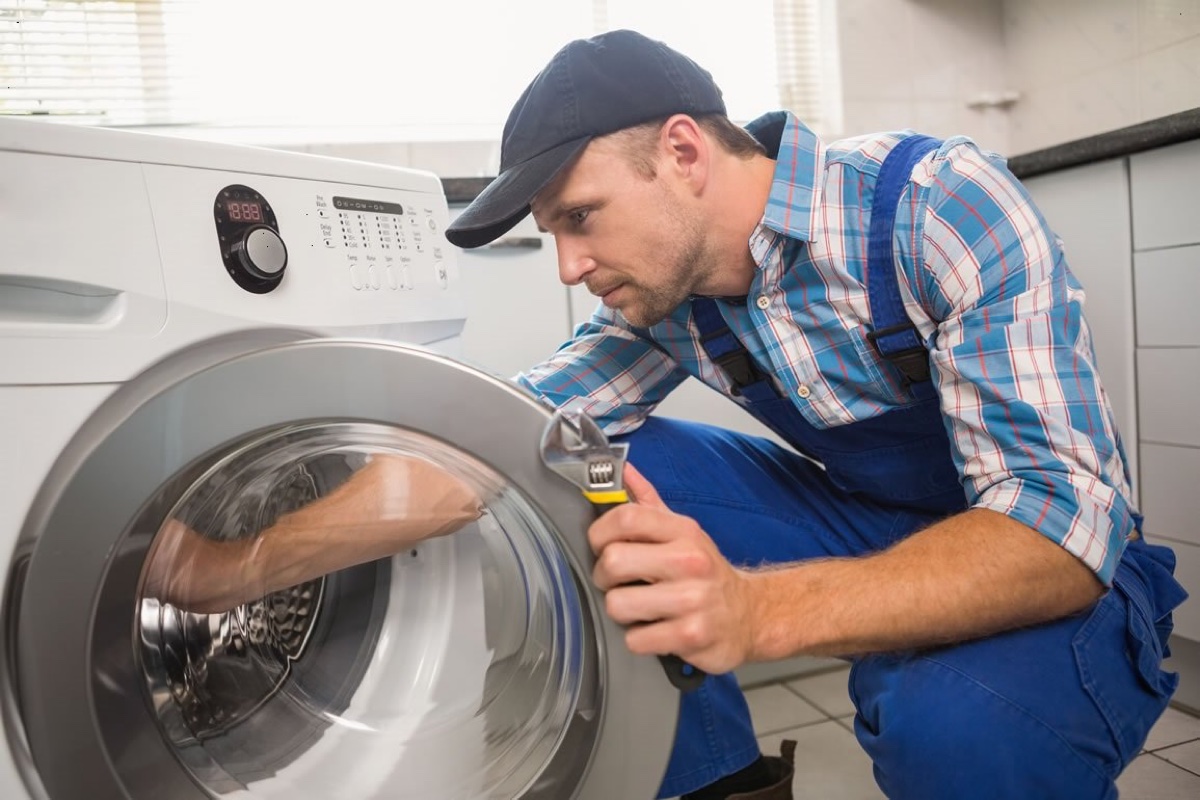
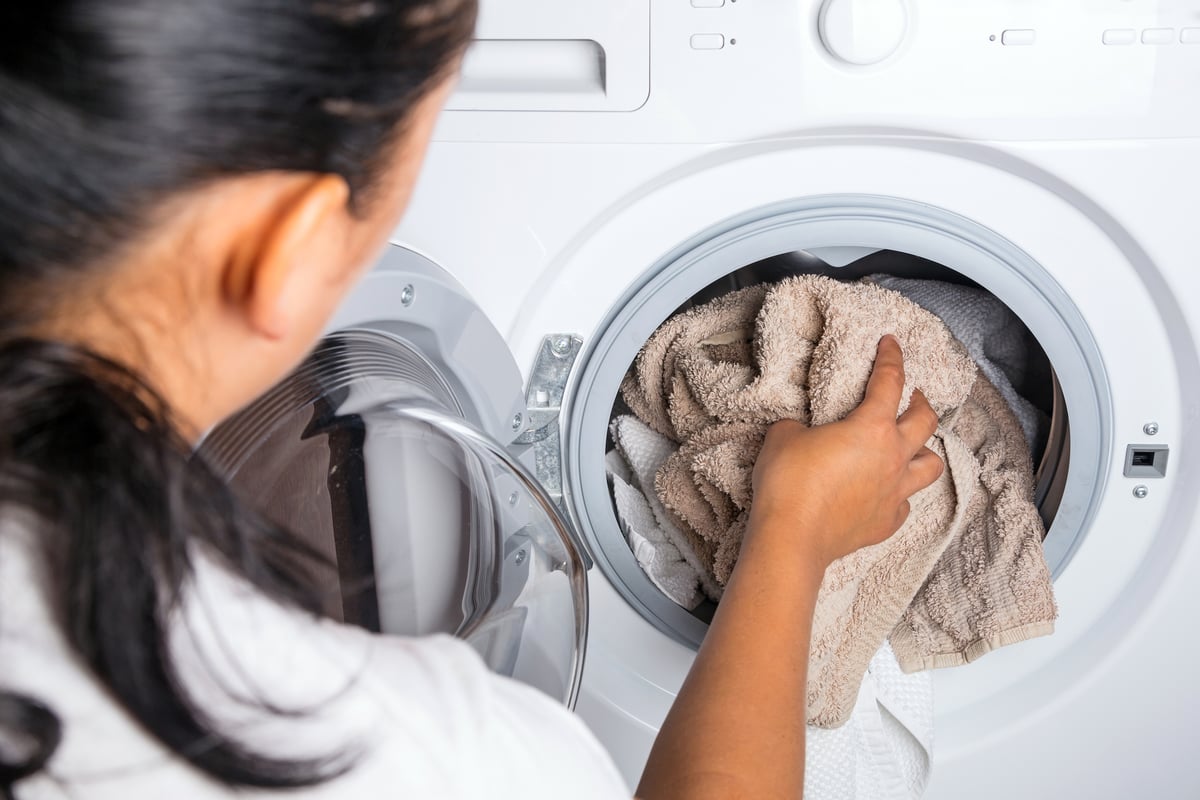
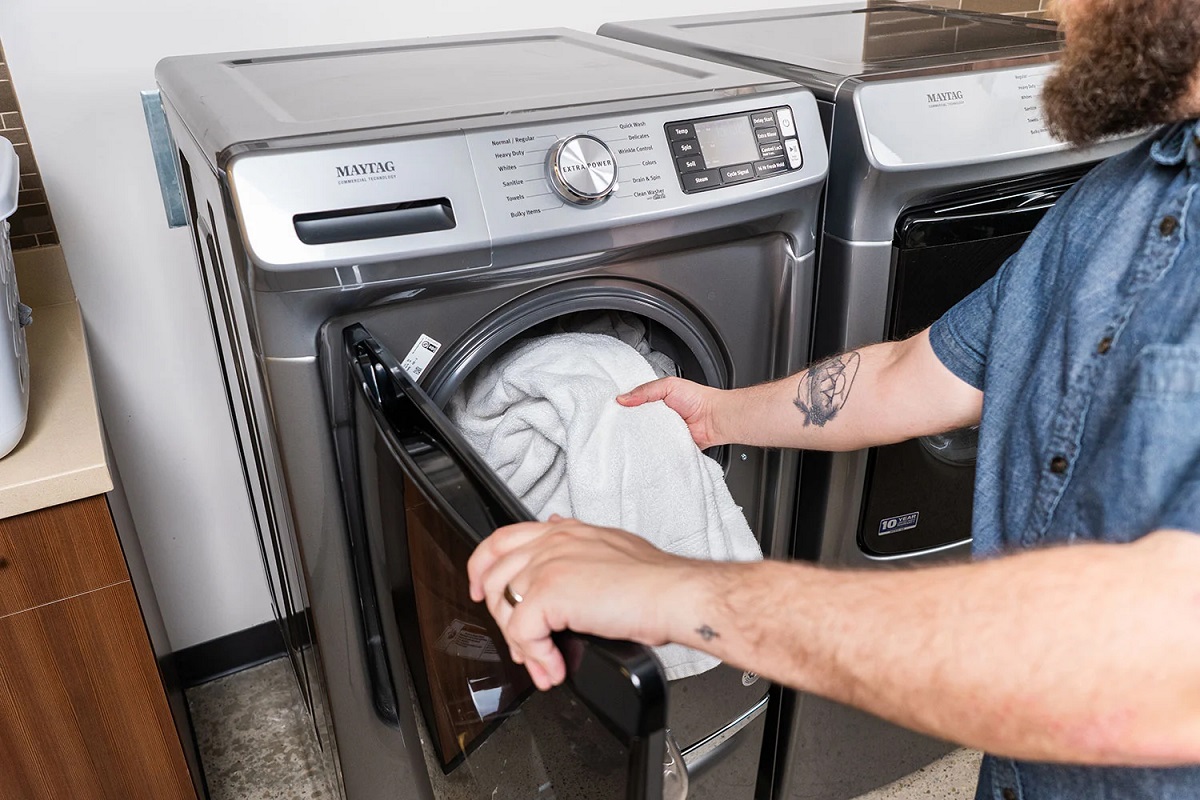

0 thoughts on “Why Isn’t My Washing Machine Filling With Water”